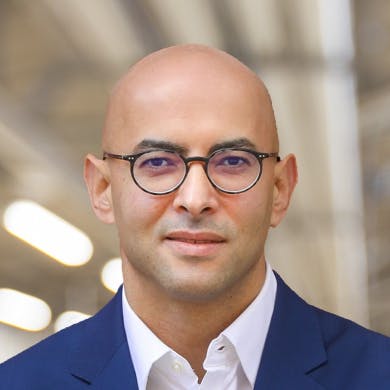What do you consider a breakthrough?
Did you hear the news about Sudafed PE?
If you’re not familiar, this is the brand name of a popular oral nasal decongestant in the U.S. Recently, many allergy sufferers were shocked and dismayed recently when they learned the key ingredient in many of these nasal decongestants—phenylephrine—doesn’t actually work.
The PE story is perhaps one of the best examples of why regulation is so necessary in healthcare—and also how it can still fail patients.
In the medtech space, there has been a lot of movement recently to reform device regulation processes. Particularly with respect to better meeting patient needs.
Here’s a quick roundup of where we’re seeing these government actions:
- Europe’s proposed MDR reforms
- In the U.S., the FDA is finalizing its revised Breakthrough Device guidance
- And the U.K. has officially launched its new Innovative Devices Access Pathway (IDAP) program
The IDAP program promises to build bridges between government and industry, guiding more devices to market. The program is positioned as one of the many ways the U.K. is trying to address its growing healthcare staffing crisis—an issue poised to worsen as more and more medical graduates plan to leave the NHS.
In that way, IDAP’s goal of getting more devices and digital health tools to market to address not just patient needs—but clinician needs—aligns well with where the healthcare system is currently hurting the most.
I see the American Breakthrough Device updates working similarly. The current changes aim to better address health equity as an innovation priority. We’ll hopefully be seeing Social Determinants of Health and patient access more often raised as critical development and approval priorities.
And as FDA device approvals grow, but remain slow, it’s more important than ever to keep health equity front and center.
.png?ixlib=gatsbyFP&auto=compress%2Cformat&fit=max)
A common thread I see running through these proposed reforms and government programs is redefining what we consider urgent or “breakthrough” in medical innovation.
As the FDA and IDAP are underscoring, innovating to address health inequity and staffing issues is critical. And, as we cover in our lead Insight on epinephrine nasal spray, so is innovating to retire treatments that are unnecessarily invasive or painful.
Often, patients deserve better than what they’re getting—even if the available treatments are effective. Innovation is about always asking ourselves how we can do more for them.
We can make them healthier, yes. But we can also do so while keeping them comfortable, empowered, and secure across their lives. And don’t we all deserve that kind of healthcare?
